The main antagonist is the protagonist’s primary enemy or opposition and is the cause of the central conflict. It is often a villain, but can also be a natural catastrophe, societal norms, or a moral dilemma. The main antagonist drives the plot forward — creating obstacles, raising the stakes, and challenging the protagonist’s actions and beliefs.
In this article, we’ll take a closer look at what exactly an antagonist is, why they are important to a story, and what makes a great main antagonist, drawing examples from literature and films. But let’s start with a quick definition.
What is an antagonist?
The term ‘antagonist’ comes from the Greek word ἀνταγωνιστής (antagonistēs) which simply means ‘opponent’ or ‘competitor.’ It stands in direct contrast to the word ‘protagonist’ which is the ‘principal character in a story’.
Here are some important things to note about antagonists:
Antagonists are not always the “bad guy”
We often assume that antagonists will inherently be the “bad guy” in a story — the villain, the criminal, or the demon — while protagonists are always inherently the “good guy” — the hero, the police officer, or the vampire slayer. But that’s not always the case. Labelling characters as good or bad can get pretty tricky when we start looking at stories that are more nuanced than fairy tales.
Instead, think of it this way: to determine who the antagonist is, first figure out who the protagonist is, what their goal is, and who is standing in the way of them achieving that goal.
If Arthur Conan Doyle, for instance, wrote a story from the perspective of Professor Moriarty (that Napoleon of Crime), then Sherlock Holmes would likely be the antagonist, preventing Moriarty from achieving his goals.
Antagonists are not always main characters
A main antagonist is the most significant adversary the protagonist must overcome, but they might be minor characters in the overall story. They could be an ex-boyfriend that your romantic heroine must get over to find true love (and that crops up occasionally to ruin the mood) — or background elements like forces of nature or social forces.
With that said, minor antagonistic characters can often represent the main antagonist — and by extension, the conflict that the protagonist faces. Take Mr. Collins in Pride and Prejudice, for instance. An insufferable cousin to the Bennet sisters, we only encounter him for a small portion of the book, yet it’s immediately clear we’re not supposed to root for him. By proposing to Elizabeth and framing it as a way for her to save her family, he stands diametrically opposed to her greatest desire: a marriage based on love. This makes him an antagonist, but not the main one. Instead, he is a reflection of the societal forces conspiring against Elizabeth’s happiness.
In fact, antagonists are not always characters at all
Antagonists aren’t always easy to spot. They don’t all look like Hannibal Lecter in Silence of the Lambs or Regina George in Mean Girls — they can also take the form of non-human elements, such as nature or social norms. Just think of the hurricane in The Perfect Storm by Sebastian Junger (adapted into a George Clooney film) or the surveillance state of George Orwell’s 1984. Antagonists can even be internal struggles, like how Raskolnikov struggles with his own conscience in Crime and Punishment.
Lastly, though every antagonist will have unique motivations and characterization, most fall under a few common archetypes. Let’s take a look at some of the most popular ones.
They often fall under a few common archetypes
We’ve written a full article on the topic but here are some of the most popular types of antagonists you can find in literature and storytelling:
1. Villainous antagonists: classic adversaries who embody evil intentions and actions, often opposing the protagonist through malicious deeds.
Example: Pennywise in Stephen King’s It, who wreaks havoc in the town of Derry, terrorizing its children and exploiting their deepest fears.
2. Ally-antagonists: characters who, despite good intentions and sharing similar goals to the protagonist, create conflict due to differing methods, beliefs, or personal ambitions.
Examples: In The Lord of the Rings, Gollum shifts between helping and hindering Frodo, depending on how much he’s obsessing over the Ring. Similarly, Edmund Pevensie in The Lion, the Witch and the Wardrobe is deceived by the White Witch and decides to side with her — the antagonist — thinking it will lead to good consequences for him and his siblings.
3. Authority figures: characters who represent established power structures, often hindering the protagonist to achieve their goals through rigid enforcement of rules or abuse of power.
Example: Principal Ed Rooney in Ferris Bueller's Day Off is a classic example of this archetype. A stickler for rules with a personal vendetta against Ferris, this petty scholastic tyrant does everything in his power to catch and punish our class-skipping hero.
4. Natural forces: a non-human entity that acts as an antagonist, such as a story setting that poses significant challenges to the protagonist — whether it be toxic air in a nuclear wasteland or a desert with no water in sight.
Example: In Jack London's The Call of the Wild, Buck, the protagonist faces the brutal forces of nature in the Yukon wilderness, with the extreme cold serving as the primary antagonist, threatening his survival.
5. Protagonists as antagonists: a main character that becomes their own worst enemy due to internal struggles or flaws.
Example: In Strange Case of Dr. Jekyll and Mr. Hyde, Dr. Henry Jekyll, a respected scientist, develops a potion that turns him into his evil alter-ego, Mr. Hyde. As Hyde, he explores his darker impulses, but becomes increasingly violent, ultimately causing his own downfall.
6. Inanimate forces: abstract concepts, societal structures, or inanimate objects that impede the protagonist's progress towards their goals.
Example: The Ring in The Lord of the Rings exerts a corrupting influence over those who possess it and drives them to obsession and madness.
Why are antagonists important in storytelling?
Now that we’ve established what antagonists are, let’s look at why they matter.
Antagonists drive the narrative forward
By issuing an important challenge to the protagonist, antagonists play a vital role in propelling stories forward. They fuel conflict, drive the character and narrative development, and test the protagonist’s abilities, morality, and resilience. Can the hero reach their full potential and defeat evil, or will they remain as they are and let evil conquer?
Without an antagonist to challenge the status quo, nothing would happen to our protagonist, and we wouldn’t have a story. Just imagine if the elder Montagues and Capulets hadn’t been in a feud — if they didn’t oppose the union of their young children. Shakespeare wouldn’t have written the most iconic example of forbidden love, but instead a dull account of a slightly inappropriate marriage.
Of course, there are infinite ways to write a character, so let’s try to nail down what distinguishes a good antagonist from a great one.
What makes a great main antagonist?
As we’ve already hinted at, crafting a compelling main antagonist requires more than just writing bad guys with evil intentions. The best antagonists are often hard to define as either good or bad. Instead think about how they challenge the protagonist in meaningful ways — this will help you leave a lasting impact on the audience.
Here are a few things to keep in mind to achieve this:
1. A memorable antagonist has clear motivations. They should believe they are the hero of their own story, and the reader should understand why they act as they do, even if they don’t agree with it.
Example: Thanos, the villain from Avengers: Infinity War, sincerely believes in his plan to save the universe through population control, but ends up doing more harm than good.
2. They should be powerful, but not invincible. A good antagonist should pose a significant threat but also have enough flaws or weaknesses to make it plausible for the antagonist to defeat them. One way to achieve this is by making sure your reader understands where the antagonist draws their power from.
Example: Lord Voldemort is driven by his ambition to clear the world of Muggles and achieve immortality. He essentially acts alone (as opposed to Harry, who is supported by his friends) and, in his quest to become immortal, has anchored his soul to Horocruxes, making him difficult but not impossible to defeat.
3. They should serve as a contrast to the protagonist. Showing the reader what your main character is opposed to is a great way to show what’s important to them.
Example: It’s no coincidence that Superman’s most enduring opponent is billionaire Lex Luthor. Everything about Luthor serves to accentuate Clark Kent’s heroic nature. Luthor is a greedy, manipulative man from the big city, whereas Superman is a selfless, honest country boy. By pitting them against each other, we not only get to see two polar opposites butting heads, but also the conflict between two disparate worldviews.
4. They need to have a strong presence. Even if your main antagonist isn’t in every scene, their influence should always be felt in some form or another.
Example: In Safe Haven by Nicholas Sparks (adapted into a movie starring Julianne Hough), the protagonist is on the run from an abusive husband when she settles in a small town, befriends the locals, and eventually falls for a widowed store owner. Despite not being on the page very often, the presence of her ex-husband looms large, creating tension with the threat that he might turn up at any minute.
5. Consider their potential for redemption or tragedy. This can add emotional weight to your story and make for a great point of discussion.
Example: Even though he’s been the main villain over an entire trilogy, Darth Vader’s redemption in Return of the Jedi gives his arc emotional depth and gives the film’s ending a stronger impact.
And there you have it: a thorough breakdown of what main antagonists are, why they matter, and how to write a good one yourself. For more insight into how to develop a strong antagonistic character, check out our course on How to Write a Novel.

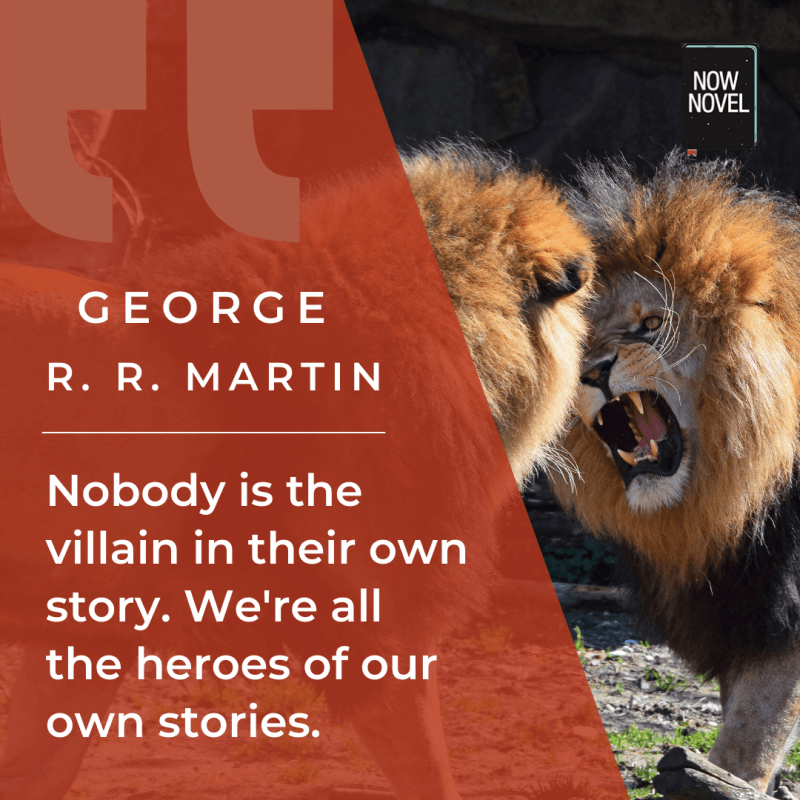

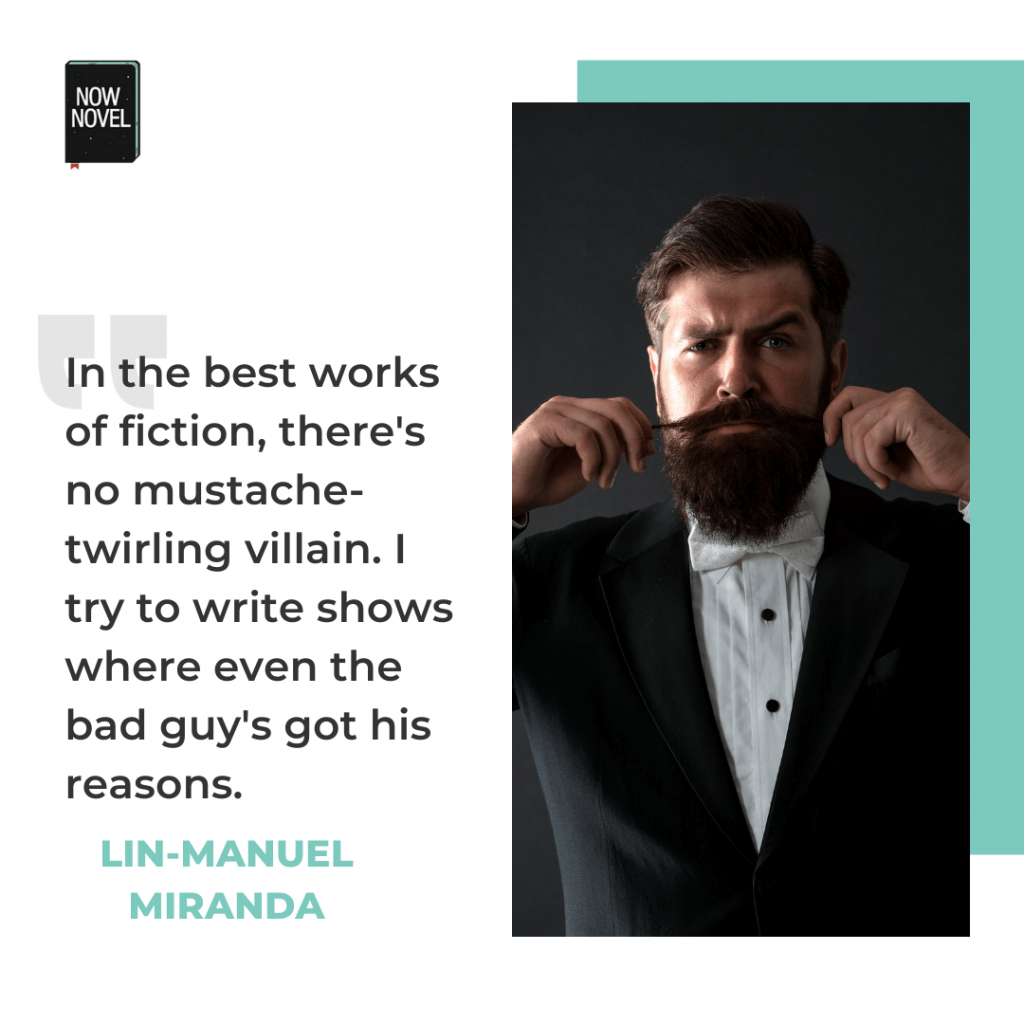
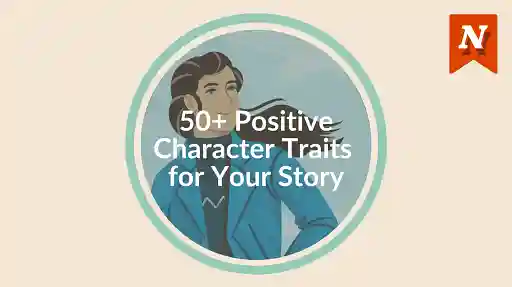
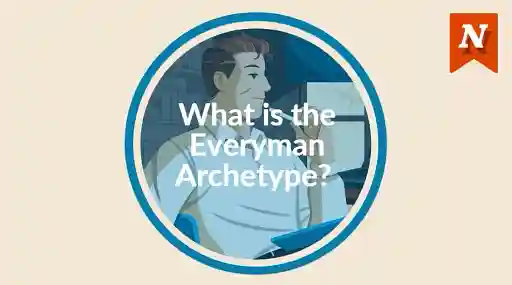
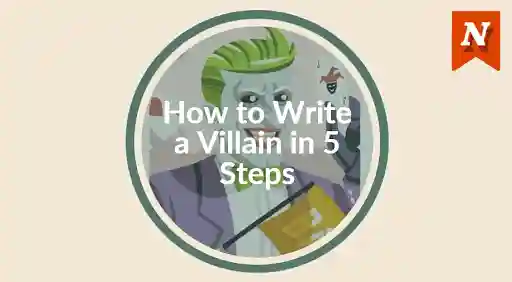
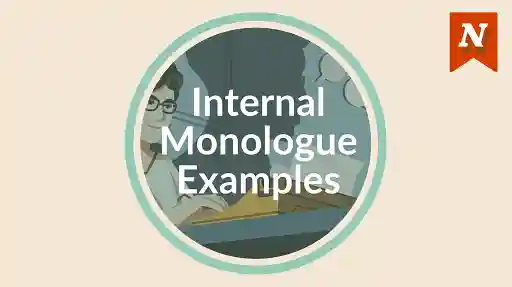
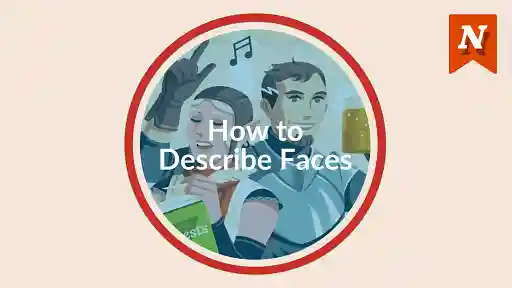




Thank you for this Jordan. Very timely for me since I began developing my antagonist yesterday. Very helpful ideas and process.
Turcotte Jean Pierre - Almost 5 years ago
Hi JP, it's a pleasure. I'm glad this came at a good time for your work-in-progress. Good luck as you proceed further!
Jordan - Almost 5 years ago
It's always easy to just put an antagonist where an opposition is needed and leave it at that. Thanks for these tips to make sure they are also well-rounded characters.
Tina - Almost 5 years ago
Hi Tina, that's true - cardboard cut-out villains or antagonists are sometimes a little boring to read, too. It's a pleasure, thank you for taking the time to share your feedback.
Jordan - Almost 5 years ago
Is this a good villian for a crossover type story?: 'When goose looked up, roadrunner's charizard was flying above, staring at her with their sharp blue eyes. They then swept down, and laughed a bit at the sight of goose next to the fainted coyote, her master. 'Look at you, so small and feeble.' Goose wouldn't stand for this. She lept at the charizard but it dodged out of the way before flying away.'
Uw U - Over 4 years ago
Hi there, there isn't much sense of what type of villain 'roadrunner's charizard' is from reading this, other than their mocking of the 'goose' character. What makes them villainous? What is their objective in the story that opposes the main character(s)? Why are they mocking goose? I'd say perhaps don't mix multiple fandoms (this seems to mix Looney Toons and Pokemon in the mention of Roadrunner, Coyote and Charizard) - rather try to invent your own world with your own character types, as seeing these names and types from cartoons could distract a reader, taking them out of the story. I hope this helps!
Jordan - Over 4 years ago
I'm trying to write an antagonist who isn't just a diabolically evil character, but is 3-dimensional and interesting. I have an idea for an antagonist who is trying to kill the protagonist, because she feels that the protagonist shouldn't have been chosen for a particular honor (inheriting the money of the antagonist's father, funny enough!) Also, a secondary villain for a short while will be the protagonist's best friend, after he feels that the protagonist isn't treating him fairly. I love both the main and secondary antagonists and kind of want them to succeed! I do usually end up loving my antagonist more than my protagonist, haha...
Darcy - Over 4 years ago
Hi Darcy, thank you for sharing that. It sounds as though your antagonist has elements to make them three-dimensional, such as a clear motivation for their behaviour. What is their rationale behind wanting to kill the protagonist? How would this help them get the inheritance, for example? Perhaps an immediate motivation would also be to try to get the decision reversed or to pester the protagonist about the money? It sounds as though you have a good idea of your characters, keep going.
Jordan - Over 4 years ago
One of my favorite villains of all time is Spinel from Steven Universe: The Movie. She has a great, sympathetic, tragic, and relatable backstory; funny, cute, and threatening personality; appealing character design; great animation; great voice-acting; and a well-written character/redemption arc. The only problems I have with her are that she sort-of doesn’t get her chance to fix all the mistakes that she made to the main characters and her relapse was a bit forced, though it does have a reasonable setup due to still having abandonment trauma, mistrust, and self-hatred before realizing for herself how far she’s fallen. What do you think of her?
Sidney Williams - Over 4 years ago
Thank you for sharing that, Sidney. I'm not familiar with Steven Universe, so I don't have a clear picture of her or understanding of her arc, but it sounds interesting that she doesn't get a chance to fix all her mistakes. This sounds true to life, as it sometimes does happen that 'bad guys' get away with misdeeds without much comeuppance. Of course in the context of a story, that can read as an anticlimax if the viewer/reader was expecting a grand showdown! Thanks again for sharing.
Jordan - Over 4 years ago
Actually, she did want to fix everything, but was given another chance to be happy again and be redeemed. Do you want to see the Steven Universe movie to see what I mean?
Sidney Williams - Over 4 years ago
Also, there was a grand showdown before Spinel realized how wrong she was on her own and wanted to start over. Sorry for spoiling it, though.
Sidney Williams - Over 4 years ago
That's alright, Sidney ?
Jordan - Over 4 years ago